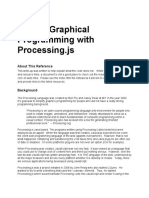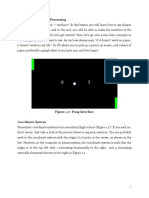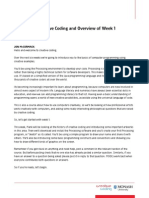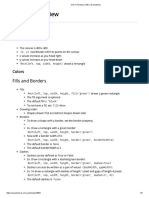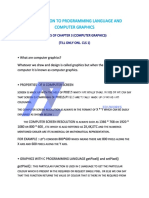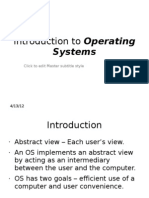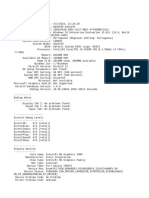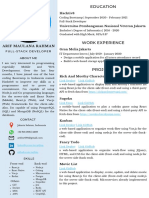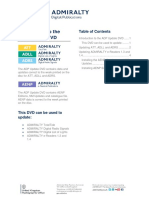0% found this document useful (0 votes)
30 views5 pagesDrawingwithcode
The document provides an overview of drawing with code in Processing, focusing on window dimensions, pixel coordinates, and the syntax for drawing shapes. It explains color settings, including RGB values and transparency, as well as the importance of code order and error handling. Additionally, it touches on the concept of bits and bytes in relation to computer graphics.
Uploaded by
pxlvrtxCopyright
© © All Rights Reserved
We take content rights seriously. If you suspect this is your content, claim it here.
Available Formats
Download as PDF, TXT or read online on Scribd
0% found this document useful (0 votes)
30 views5 pagesDrawingwithcode
The document provides an overview of drawing with code in Processing, focusing on window dimensions, pixel coordinates, and the syntax for drawing shapes. It explains color settings, including RGB values and transparency, as well as the importance of code order and error handling. Additionally, it touches on the concept of bits and bytes in relation to computer graphics.
Uploaded by
pxlvrtxCopyright
© © All Rights Reserved
We take content rights seriously. If you suspect this is your content, claim it here.
Available Formats
Download as PDF, TXT or read online on Scribd
/ 5





